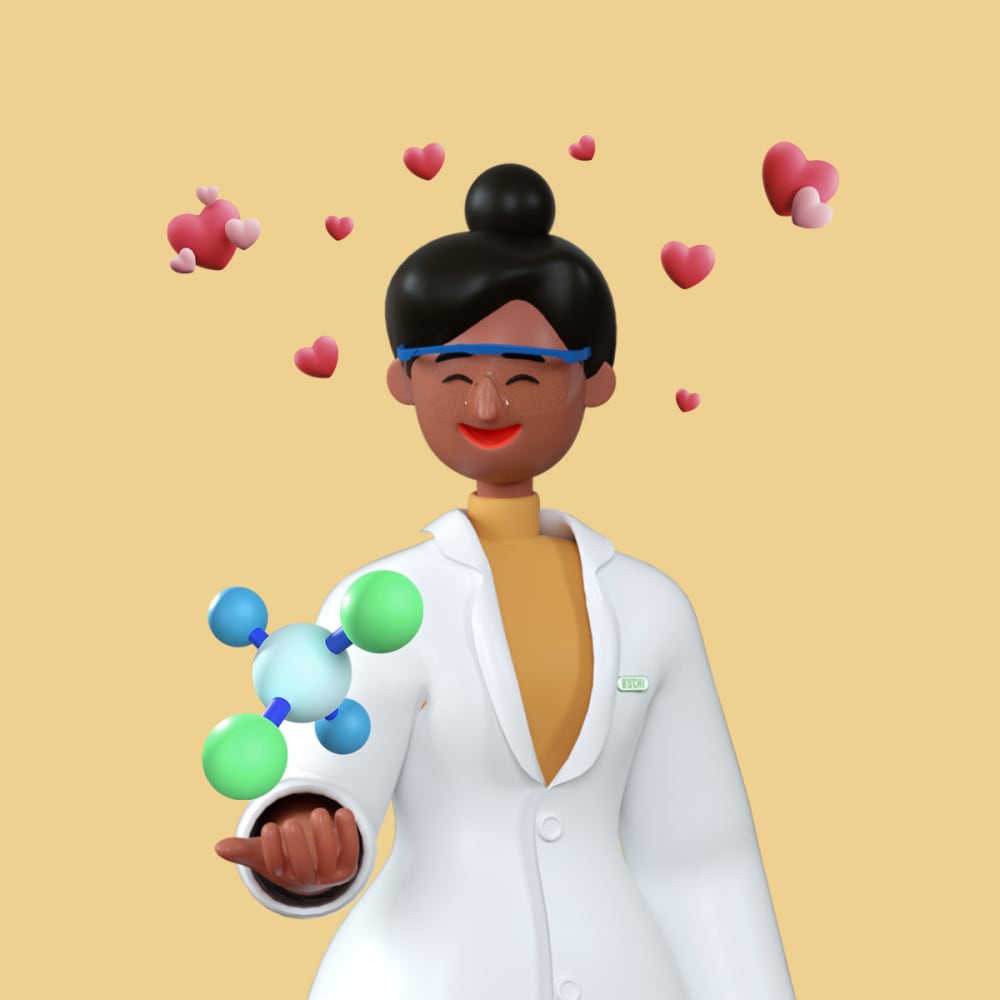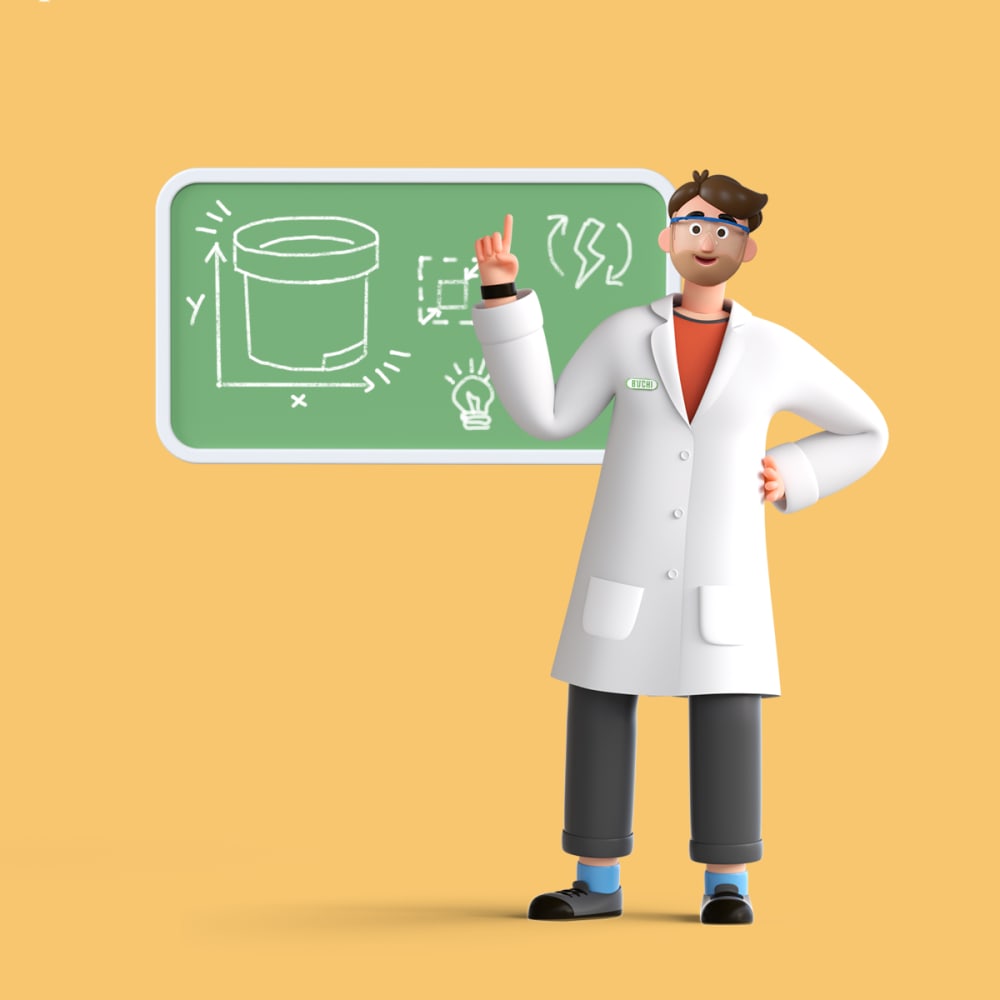A Colorful Christmas Chemistry Adventure!

Ho-ho-hello, I’m Padma, a scientist who specializes in something called chromatography. That’s just a fancy word meaning I love to separate colors and chemicals, like picking out your favorite color/flavor sweets from a mixed bag.
Today, I want to share some special at-home chemistry fun you can do during the festive season.

I’ll never forget the first time I was introduced to chromatography as a child when my teacher showed me how to separate colors from ink pens by drawing on coffee filters and submerging the end into water. As the water rose, the colors separated in front of my eyes, and I was amazed. It helped spark a lifetime love of chemistry! Try it out with the children in your lives and witness their amazement for yourselves! (Top-tip, dark colors like brown will separate into the most colors).
But, before jumping into the fun, let me tell you about my friends. I work with two other chemistry experts:
There’s Peter, who knows all about rotary evaporation (that’s a way to gently remove liquids and leave behind solid goodies)...

...and Bruno, who’s an expert in freeze and spray-drying, which is almost like magic as it can zap liquid out of things—like making instant coffee powder!

Together, we’re like a team of chemistry elves, each with our own special trick! But today, I’ll be your guide as we explore the magical world of colors and learn some secrets from nature.
Turning Red Cabbage into a Winter Wonderland of Color!
Now, let’s explore an experiment that seems like magic: making blue food coloring from red cabbage!
Did you know that the color of red cabbage can change colors depending on what you add to it (by the way, that’s also why sometimes it is not red but blue cabbage)?
Here’s What You’ll Need:
- 1 red cabbage
- Water
- A pot
- A strainer
- A small pinch of baking soda (be careful not to add too much!)
- Milk or yogurt for testing
What To Do:
- Slice the red cabbage and put it into a pot with some water. Boil it, then let it simmer. Soon, your water will turn a pretty purple color.
- Strain out the cabbage pieces and keep the purple liquid. Simmer this purple water longer until it becomes thicker and more syrupy—this is now your special natural dye!
- Now for the fun part: slowly stir in a tiny bit of baking soda. Watch as your purple liquid magically turns into a brilliant blue!
- Test a few drops in some milk or yogurt. Does the milk look a snowy, wintery blue now? If it turns purple again, you may need just a pinch more baking soda. Just be careful—add too much, and it might taste a bit funny.
What’s Happening?
The color from red cabbage is pH-sensitive, which means it changes color depending on whether it’s mixed with something acidic (like lemon juice) or basic (like baking soda).
Acids will turn it back to purple or even pink, and bases will make it a lovely blue.
Now that you have made your own natural food coloring, here’s some things to try out:
- Add a drop of your blue dye to frosting or icing, and decorate cookies with a wintery, natural blue!
- Color a banana milkshake and see if you can keep it blue. If it turns purple, adjust with a small pinch of baking soda. You’ll feel like a mini chemist—and that’s exactly what you are!
What have we learned?
We’ve discovered that the colors we see every day are not always what they seem. A single color can be made of many different colorful “ingredients.” Chemistry shows us how nature’s colors can change, just like Christmas lights dancing across the living room walls.
And remember, my fellow chemistry elves—with a bit of curiosity, a splash of creativity, and the right guidance from a grown-up, you can uncover a world of enchanting colors right at your kitchen table.
If you want to learn more about what other chemistry tricks Peter, Bruno, and I get up to, you can read about it here.
Merry Christmas, happy experimenting, and may your holidays be filled with laughter, learning, and a rainbow of surprises!
Phir Milenge Chalte Chalte,
Padma